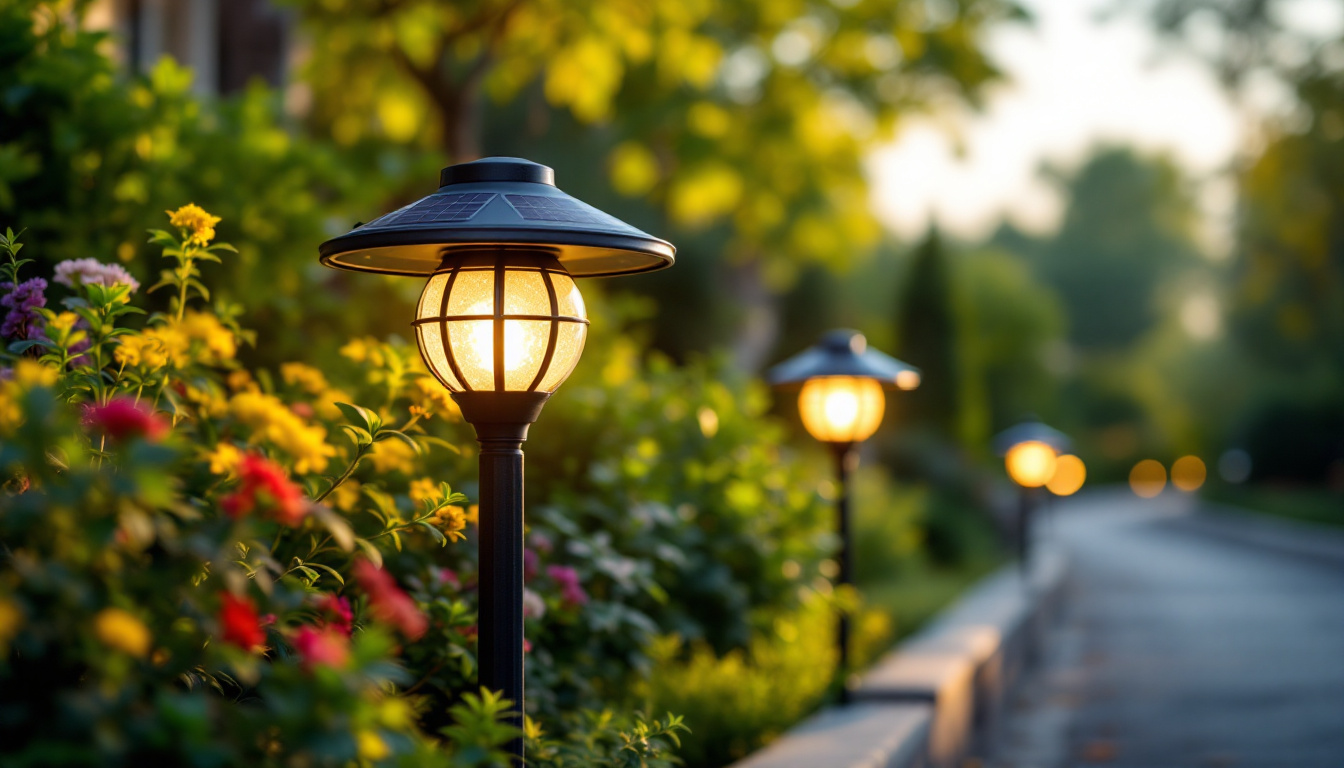
Lighting plays a crucial role in the functionality and aesthetics of any kitchen. For lighting contractors, understanding the best pot lights for kitchens is essential to delivering quality results that meet clients’ needs. This article explores the various types of pot lights, their applications, and key factors to consider when selecting the right ones for a kitchen setting.
Pot lights, also known as recessed lights or can lights, are fixtures that are installed into a hollow opening in the ceiling. They provide a sleek and modern look while maximizing the use of space. Unlike traditional light fixtures that hang from the ceiling, pot lights are flush with the surface, making them ideal for kitchens where space is often at a premium. Their unobtrusive design allows for a clean ceiling line, which can enhance the overall aesthetics of the room, creating an illusion of height and openness.
These lights can illuminate specific areas or provide general lighting, depending on their placement and design. For contractors, knowing how to effectively use pot lights can significantly enhance the overall ambiance and functionality of a kitchen. Properly placed pot lights can highlight architectural features, artwork, or even the texture of cabinetry, making them a versatile tool in a designer’s arsenal. Additionally, they can be paired with dimmer switches, allowing homeowners to adjust the lighting according to their mood or the time of day, further enhancing the kitchen’s usability.
There are several types of pot lights available, each with unique features and benefits. The most common types include LED, halogen, and incandescent pot lights. Each type has its own advantages and disadvantages that can influence a contractor’s choice based on the specific needs of a kitchen. For instance, while halogen lights may offer superior brightness and color accuracy, the energy savings and longevity of LED options often make them the preferred choice for eco-conscious homeowners.
LED pot lights are becoming increasingly popular due to their energy efficiency and longevity. They consume significantly less energy compared to halogen and incandescent lights, making them a cost-effective choice for homeowners in the long run. Additionally, LED lights produce less heat, which is particularly beneficial in a kitchen environment where heat can be a concern. This reduced heat output not only contributes to a more comfortable cooking environment but also minimizes the strain on air conditioning systems during warmer months.
Another advantage of LED pot lights is their versatility. They come in various color temperatures, allowing contractors to choose the perfect ambiance for a kitchen. Whether a client prefers a warm, inviting glow or a cooler, more modern feel, there’s an LED option available to meet those needs. Furthermore, many LED pot lights are now available with adjustable color temperatures, enabling users to switch between warm and cool tones depending on the occasion or time of day. This adaptability makes them an excellent choice for multi-functional spaces where different lighting scenarios are required.
Halogen pot lights offer a bright, white light that is ideal for task-oriented areas in the kitchen, such as over countertops or cooking spaces. They provide excellent color rendering, which can enhance the appearance of food and materials. However, they are not as energy-efficient as LED options and have a shorter lifespan. The intense brightness of halogen lights can be particularly useful in spaces where precision is key, such as during food preparation or intricate cooking tasks.
Incandescent pot lights, while less common today, still have their place in certain designs. They provide a warm light that many homeowners find appealing. However, their high energy consumption and shorter lifespan make them less favorable compared to more modern options. Despite this, some homeowners appreciate the nostalgic warmth of incandescent lighting, often using them in combination with other light sources to create a layered lighting effect. This blend of styles can add character and warmth to a kitchen, making it feel more inviting and lived-in, which is particularly important in spaces designed for gathering and entertaining.
When selecting pot lights for a kitchen, several factors should be taken into account to ensure the best results. These considerations include brightness, beam angle, and installation requirements. Understanding these elements can help contractors make informed decisions that align with their clients’ expectations.
The brightness of pot lights is measured in lumens, and this is one of the most critical factors to consider. A well-lit kitchen typically requires between 300 to 400 lumens per square meter. Contractors should assess the size of the kitchen and the specific areas that need illumination to determine the appropriate number of pot lights and their lumen output.
It’s essential to strike a balance between adequate lighting and energy efficiency. Overly bright lights can create an uninviting atmosphere, while insufficient lighting can lead to safety hazards and a less functional space.
The beam angle of a pot light determines how wide or narrow the light spreads. A narrow beam angle is suitable for focused lighting, such as over a kitchen island or work surface, while a wider beam angle is better for general illumination. Understanding the layout of the kitchen and the specific lighting needs will guide contractors in selecting the right beam angle.
Installation requirements can vary significantly between different pot light models. Some may require additional housing or specific ceiling types for installation. Contractors should familiarize themselves with the installation process for each type of pot light to ensure a smooth and efficient setup.
Beyond functionality, the design of pot lights can greatly influence the overall aesthetic of a kitchen. Lighting contractors should consider how the style and finish of the pot lights will complement the kitchen’s design theme.
Pot lights come in various finishes, including white, black, brushed nickel, and bronze. The choice of finish can dramatically affect the look of the kitchen. For instance, a sleek black finish may lend a contemporary feel, while a brushed nickel finish can add a touch of elegance.
Additionally, the style of the pot lights should align with the overall kitchen design. For modern kitchens, minimalist pot lights with clean lines are ideal, while more decorative options may be suitable for traditional or rustic designs.
Effective kitchen lighting often involves layering different types of lighting. Pot lights can serve as ambient lighting, but combining them with task lighting, such as under-cabinet lights, and accent lighting, like pendant lights over an island, can create a more dynamic and functional space.
Contractors should assess the kitchen layout and discuss with clients how they envision using the space to create a comprehensive lighting plan that incorporates multiple layers of light.
As energy efficiency becomes increasingly important, contractors should prioritize sustainable lighting solutions. LED pot lights are a clear choice for energy-conscious clients, but there are other factors to consider as well.
When selecting pot lights, looking for Energy Star ratings can help ensure that the products meet strict energy efficiency guidelines. Energy Star-rated products consume less energy and can lead to significant savings on electricity bills over time.
In addition to cost savings, using energy-efficient lighting contributes to a more sustainable environment, which is an appealing factor for many homeowners today.
Smart lighting technology is becoming more prevalent in modern kitchens. Pot lights that can be controlled via smartphone apps or voice-activated devices offer convenience and flexibility. Contractors should consider recommending smart pot lights to clients interested in integrating technology into their homes.
Smart lighting systems can allow homeowners to adjust brightness, color temperature, and even create lighting schedules, enhancing the overall functionality of the kitchen.
Proper installation of pot lights is crucial for achieving the desired lighting effect and ensuring safety. Here are some tips for contractors to consider during the installation process.
Before installation begins, it’s essential to plan the layout of the pot lights carefully. Consider the kitchen’s dimensions, the placement of furniture, and the areas that require the most illumination. A well-thought-out layout will help avoid dark spots and ensure even lighting throughout the space.
Using a lighting design software or app can help visualize the layout and make necessary adjustments before installation. This step can save time and resources in the long run.
Safety is paramount when working with electrical installations. Contractors should ensure that all wiring meets local building codes and regulations. It’s advisable to use a licensed electrician for any electrical work if the contractor is not qualified.
Additionally, consider the weight and size of the pot lights during installation. Ensure that the ceiling can support the fixtures and that all necessary components are securely fastened.
After installation, testing the pot lights is essential to ensure they function correctly and provide the desired lighting effect. Adjustments may be necessary to achieve the optimal brightness and beam angle. Taking the time to make these adjustments can significantly enhance the client’s satisfaction with the final result.
Choosing the best pot lights for kitchens is a vital aspect of a lighting contractor’s success. By understanding the various types of pot lights, key considerations for selection, and installation tips, contractors can provide clients with exceptional lighting solutions that enhance both functionality and aesthetics.
As the demand for energy-efficient and stylish lighting continues to grow, staying informed about the latest trends and technologies in pot lights will position contractors as trusted experts in the field. Ultimately, the right lighting can transform a kitchen, making it a more inviting and functional space for homeowners.
Ready to elevate your kitchen lighting projects with the best pot lights on the market? At LumenWholesale, we provide lighting contractors with the superior, spec-grade lighting solutions you need to succeed. Our extensive selection is designed to meet the highest industry standards, ensuring every installation shines with reliability and performance. With unbeatable wholesale prices and the convenience of free shipping on bulk orders, you can trust LumenWholesale to light up your projects without stretching your budget. Don’t let middleman markups dim your potential. Choose LumenWholesale for Wholesale Lighting at the Best Value and make every kitchen shine with quality, affordability, and convenience.

Discover innovative cost-saving strategies for lighting contractors with the Solar Ball Lamp.

Discover the essential guide to 4-inch can light trim with our comprehensive handbook tailored for lighting contractors.

Discover the benefits of sunken LED lights and learn how to future-proof your lighting projects with innovative design tips and energy-efficient solutions.

Discover how Greenhouses Led Greenhouse Grow Lights can revolutionize your lighting installation projects.